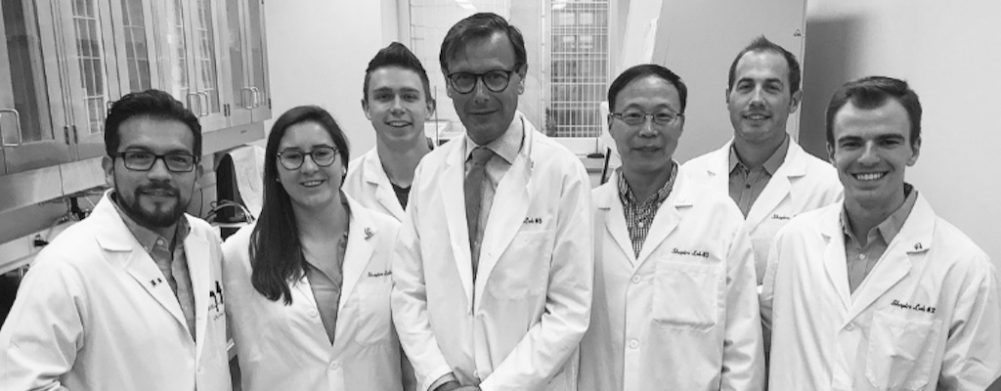The race to find a more effective and non-evasive, injection-free therapy for patients with Type 1 diabetes involves many players. The remaining question is not when, but who is going to win: the tortoise or the hare? The tortoise represents biological replacement-based treatments or protection of beta insulin producing cells. The research community is investigating the prevention of beta cell destruction during early diagnosis (honeymoon phase) by administrating protective agents. A procedure called islet cell transplantation replaces beta cell mass (insulin producing cells), and can often provide periods of insulin independence with excellent glycemic control. The hare represents new technologies designed to facilitate day-to-day diabetes management, including continuous glucose monitors and sophisticated insulin pump therapies. Patients living with diabetes can agree technology is advancing rapidly, hence the hare. Twenty years ago, insulin pump therapy and continuous glucose monitoring were rudimentary ideas. Today, patients are bio-hacking insulin pumps and creating closed loop systems that automatically adjust insulin infusion based on glucose level. Herein, this review serves to inform, highlight and discuss the progression of diabetes care management.
Type 1 diabetes (T1D) is a multifactorial autoimmune disorder resulting from specific immune-mediated destruction of pancreatic beta cells within the islets of Langerhans. To survive, patients must monitor their blood glucose levels and administer daily insulin injections. Even with tight glycemic control, T1D substantially increases the risk of secondary complications. T1D remains a mentally and physically exhausting disease that has yet to have a cure.
Read the original, full article at https://beyondtype1.org/islet-transplantation-vs-technology/

